While it may not be reaching the heady heights (or drunken depths) of William Hogarth's time, gin is enjoying a place at the table as one of Britain's most loved alcoholic drinks. Traditionally made with juniper berries, there is an increasing trend for diversifying the botanicals used to mix gin and as a result, a host of boutique, organic, herbal-focused companies are bringing out their own gin brands.
Gin is now being distilled all over the world, from the Isle of Skye to Tasmania. With this range of origin countries, there comes a huge range in the flavours and botanicals used to create gin. We have rounded up some of our favourites to bring Gardens Illustrated readers a definitive list of some of the nicest botanical gins on the market.
Warning: Obviously gin should be enjoyed only by a responsible adult!
The best botanical gins in 2024
Isle of Harris Gin

Botanicals used: 9 botanicals including hand-harvested sugar kelp, Macedonian juniper berries, English coriander seed, Javan pepper, bitter orange peel, angelica root, cassia bark, orris root and liquorice root
Story: With the aim of bolstering the local community and creating new jobs, the Isle of Harris Distillery opened its doors in 2015. Anderson 'Burr' Bakewell gathered likeminded people together and emarked on what was a seven-year journey to opening the distillery. His belief was that the rare and elusive spirit of the island could be captured in a bottle and shared with the world.
Aesthetic: Simple and chic design that emulates the elemental nature of the Isle of Harris.
Tasting notes: A well-defined juniper note with pine needles, immediately followed by the fresh citrus notes of bitter orange, lime and grapefruit. Develops a complex floral note of rose and wallflowers with crushed green herbs, coriander and gooseberry all underpinned by mixed spice. Sugar Kelp adds to the complexity and richness and gives a dry maritime note.
Garden Swift, Capreolus Distillery

Botanicals used: An astonishing 34 botanicals including native flowers, homegrown herbs and organic blood oranges.
Story: Barney Wilczak set up this tiny distillery, which mainly creates eaux de vie, in the heart of the Cotswolds and is an old converted greenhouse. Local water is used in the process and the gin won spirit of the year in 2017.
Aesthetic: Clean, simple, traditional with a sense of being modern, this gin is in a port-style bottle.
Tasting notes: A sweet, earthy smell, the orange really comes through in this gin. It is a complex gin, as you might expect from such a number of botanicals, but amazingly the flavours all work together in harmony to create something very special.
You might also like
Silent Pool
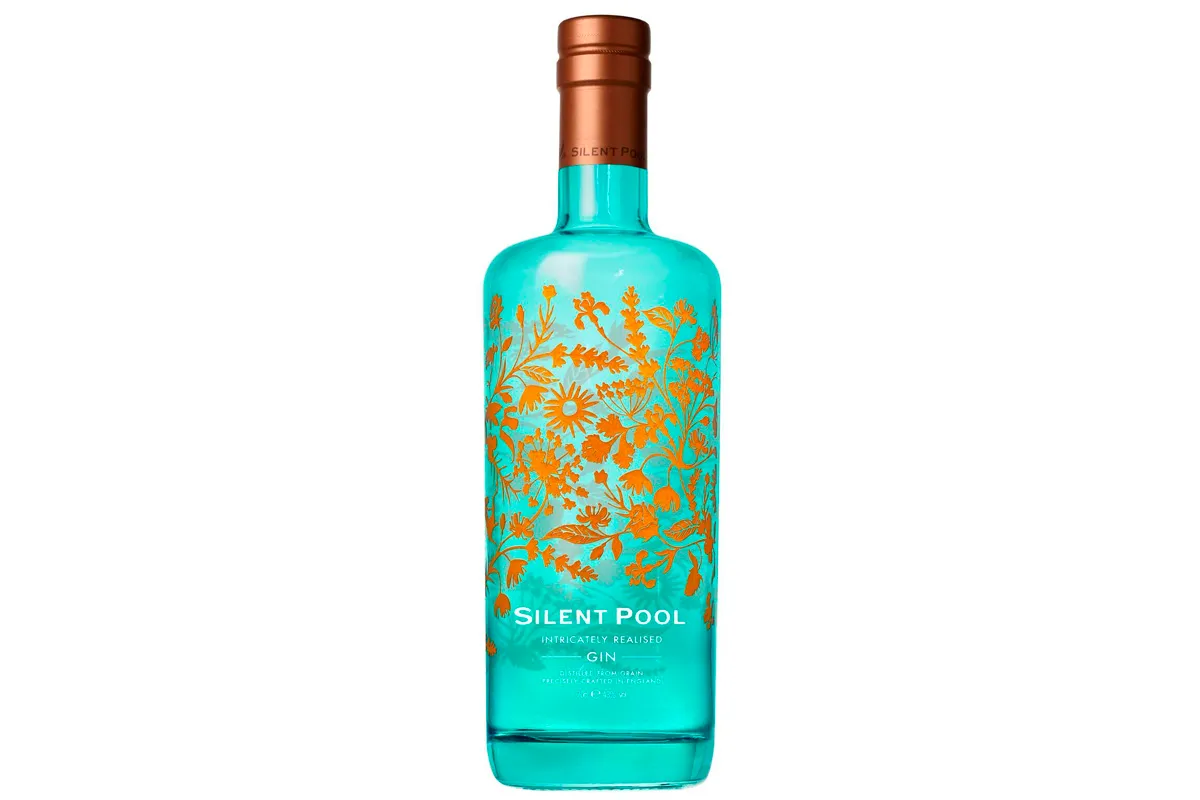
Botanicals used: Over 24 botanicals used including Bosnian and Macedonian juniper berries, liquorice root, bergamot, rose petals, kaffir lime leaves, linden, elderflower, orris, orange and lime peel, dried pears, Polish Angelica cassia bark, cubeb and local honey.
Story: The brand was created by a group of friends who had a common passion for craft distilling. Situated on the Duke of Northumberland’s Albury Estate in Surrey, the Silent Pool team create their gins sustainably, using solar panels and a repurposed steam boiler, which uses locally sourced hardwood and vegetable oil in place of red diesel. Bottles are capped with tin rather than plastic and there is no cork use.
Aesthetic: A very attractive aqua blue glass with gold botanical design and gold tin cap.
Tasting notes: Subtle, crisp with a slightly sweet scent. Goes very well with classic tonics, but also a flavoured tonic such as elderflower.
Borrago, #47, Paloma Blend (non alcoholic)
- Buy now from Master of Malt (£19.99)

Botanicals used: cardamom, lemon verbena, basil, rosemary, peppermint and lemongrass.
Story: Borrago is named after the botanical name for borage. Although not part of the drink, borage is a favourite flower of the founders who recognised the importance of borage to pollinators. In a drive to help bees, they have given away over 100,000 borage seeds - sent out with the bottles ordered direct or at trade shows.
Aesthetic: Tall, weighty bottle but slim so fits in the hand nicely - with attractive floral illustration and clearly stating alcohol and sugar free.
Tasting notes: Quite an overpowering aroma from the bottle. There are a lot of flavours competing for attention, but a strong cardamom note wins through. Mix with a plain tasting tonic and plenty of ice. Don't be tempted to serve a double measure. A strong middle note of lemon grass, suggests best as a summer drink, perhaps even as an aperitif to a spicy meal.
Gordon Castle

Botanicals: The botanicals used come from the beautiful walled garden of Gordon Castle in Scotland. Mint and rosemary are core botanicals.
Story: The ingredients are harvested from their beautiful walled garden in Scotland, which dates back to 1470. The garden there focused only on raspberry growing for a time, until Angus and Zara Gordon Lennox made it their home in 2008. Since that point they have created a fully working garden, with the help of designer Arne Maynard.
Aesthetics: The gin itself is crisp and clear, sealed within a gorgeous (but heavy!) glass bottle with a lavender and mint illustration that nicely reflects the prettiness of this gin. You can also get the bottle engraved.
Taste notes: Subtle blend of lavender and mint that tastes both light and delicious. The perfect accompaniment to end a warm summer's evening, served with ice and a sprig of fresh mint. A hint of spice also suggests a nice option for Christmas.
Kew Botanical Gin, The East London Liquor Co.
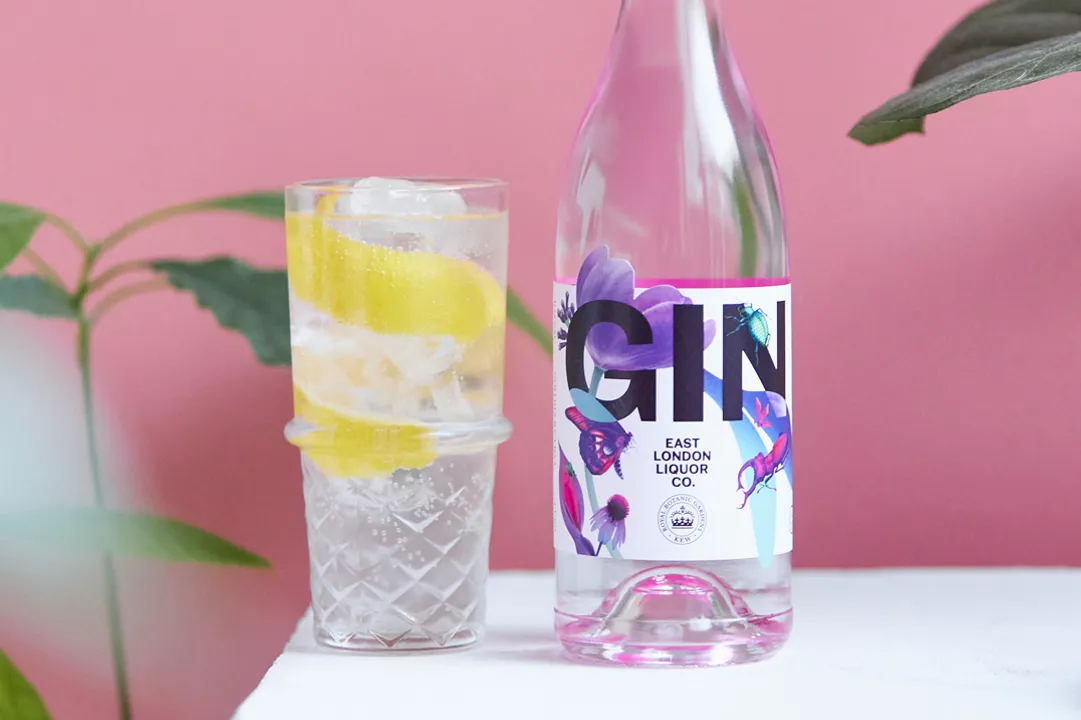
Botanicals used: The key botanicals in the gin come directly from the Gardens, including Douglas Fir which has a wonderful piney flavour. With the addition of lavender and sweet orange, courtesy of our pollinator friends who are celebrated on the vibrant packaging, the gin is a true flavour of Kew and its values.
Story: Distilled in London in collaboration with the East London Liquor Co.
Aesthetics: Vibrant packaging and box that make this perfect for gifting.
olive magazine's drinks writer Hannah Guinness picks which garnishes work with which gins
- Citrus gins: orange, lemon, mint, thyme, star anise, cardamom
- Spiced gins: black and pink peppercorns, orange, cinnamon stick, fresh ginger, cardamom
- Floral gins: apple, lavender, cucumber, mint, strawberries, raspberries
- Herbaceous gins: lavender, rosemary, thyme, dill, lemon
- Classic juniper-led gins: grapefruit, lemon, lime, black and pink peppercorns, coriander seeds, juniper berries
Wild Gin, The Secret Garden Distillery
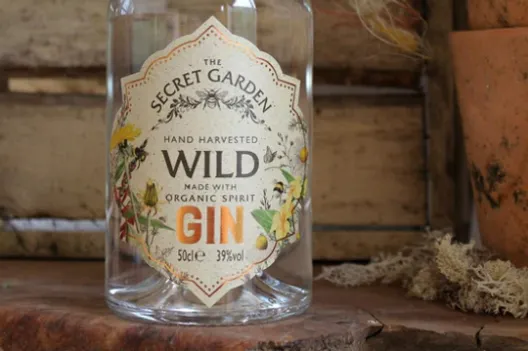
Botanicals used: We distil home grown Bog Myrtle, Nettle and nine other indigenous botanicals with Organic Spirit to create this unique gin.
Story: This Edinburgh distillery has launched a gin to help raise awareness of the vital work done to preserve the Flow Country's threatened peatland. The bog acts as a natural store for carbon which helps to offset the effects of climate change.
Aesthetics: There is a rustic, wildlife theme on the classically shaped bottle.
Tasting notes: There is juniper up front followed by refreshing herbaceous notes and a natural, fresh sweetness to taste.
Bristol Dry Gin
- Buy now from Master of Malt (£28.00) and Bristol Dry Gin (£31.00)
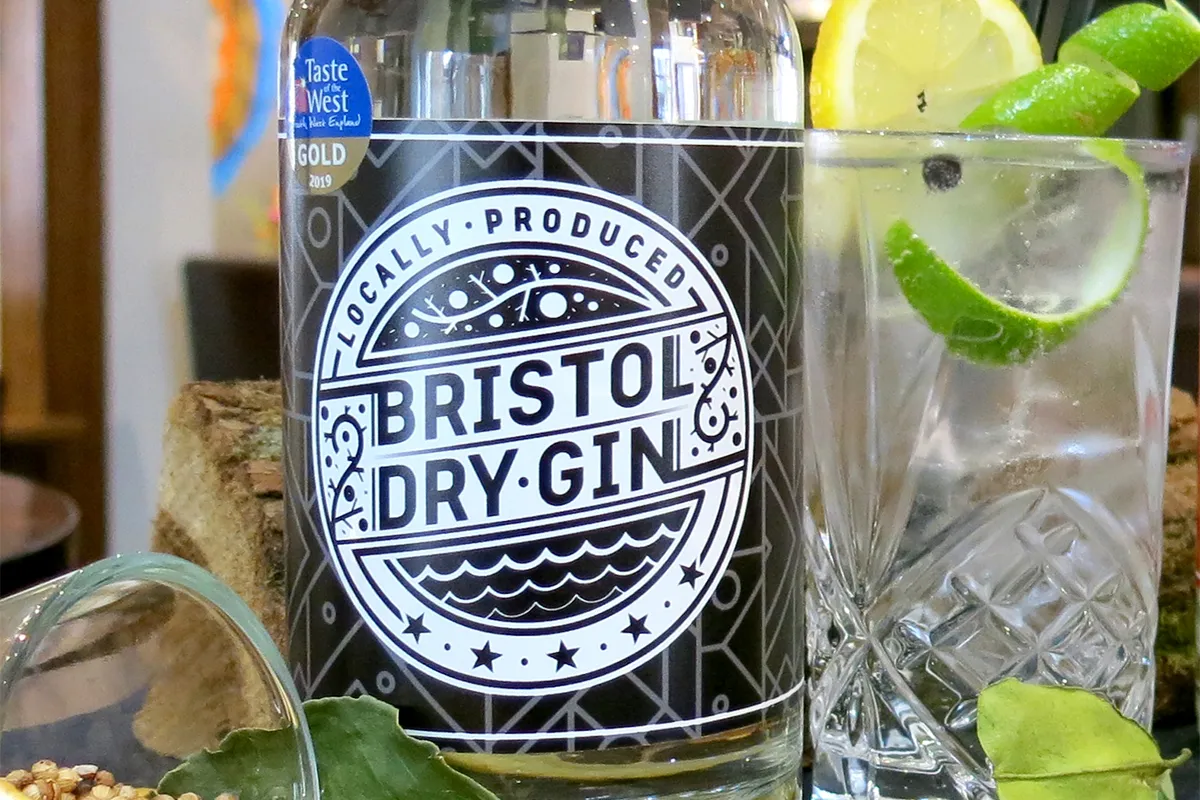
Botanicals used: Coriander, Angelica root, lemon, lime leaves, elderflower, cubeb peppercorns.
Story: Based under The Rummer Hotel in the heart of Bristol, sits the Bristol Dry Gin micro-distillery, which was established in 2016. Dubbed as 'a gin for the people', this gin has scrappy, fun, party-loving Bristol right at its heart.
Aesthetics: A smart, modern design that refuses to sit anywhere near the word traditional. The bottle is also the perfect size for a lovely candle holder once finished.
Tasting notes: Stick with this gin as the more you taste the more flavours come through. There’s a real citrussy theme to this gin that creates a satisfying bitterness.
Seedlip, Garden 108 (non alcoholic)
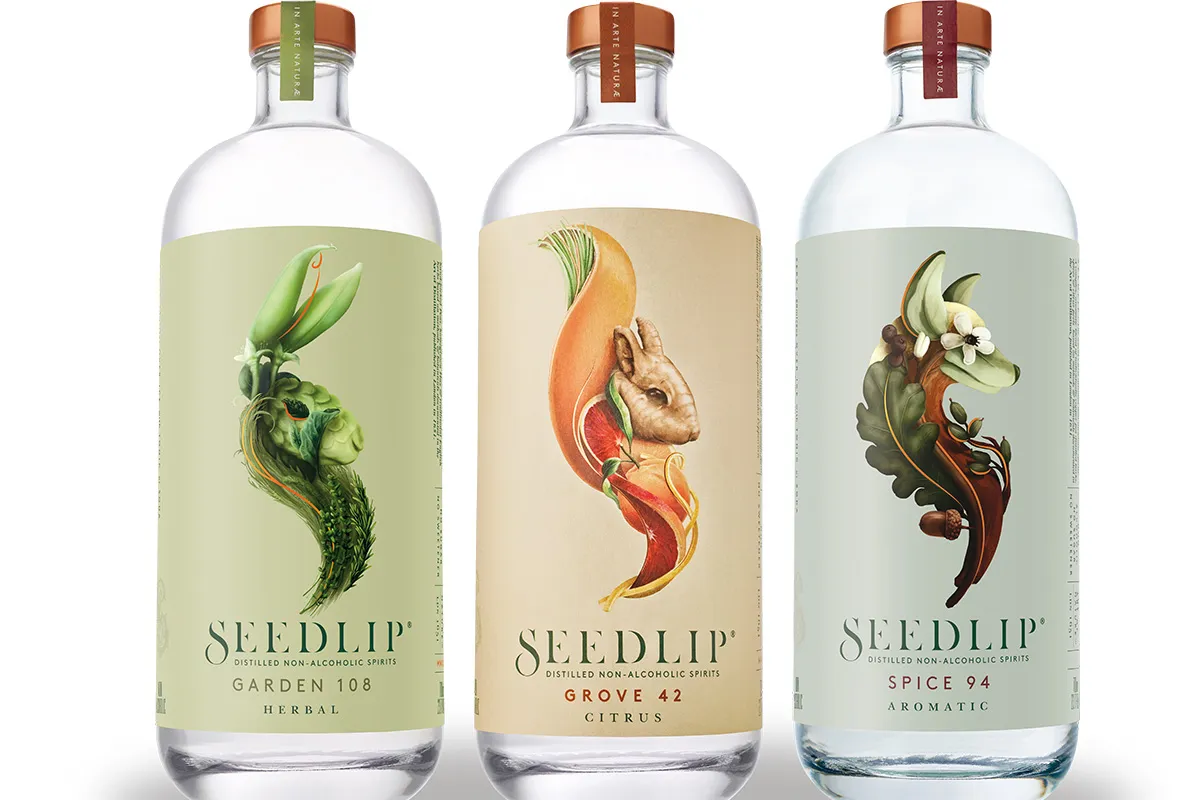
Botanicals: A floral blend of peas, hay and garden herb distillates.
Back story: Founder Ben Branson came across 17th-century physician John French’s herbal distillation recipes and began experimenting with them in his kitchen, using a small copper still and herbs from his garden and family farm - creating the tagline for his range of non-alcoholic spirits 'what to drink when you're not drinking'.
Aesthetic: A stylish, weighty bottle with innovative illustrations on the bottle.
Tasting notes: Follow serving instructions and choose a good quality tonic. Take their advice on use of garnish, because it does seem to help complete the drink. The spirits don't have the kick or length of taste of a gin but Garden 108 does have good flavour with a satisfactory bitterness that's a relief having drunk too many sweet soft drink options.
Orange Sloe Bath Gin, Bath Distillery
- Buy now from The Bath Gin Company (£34.50).
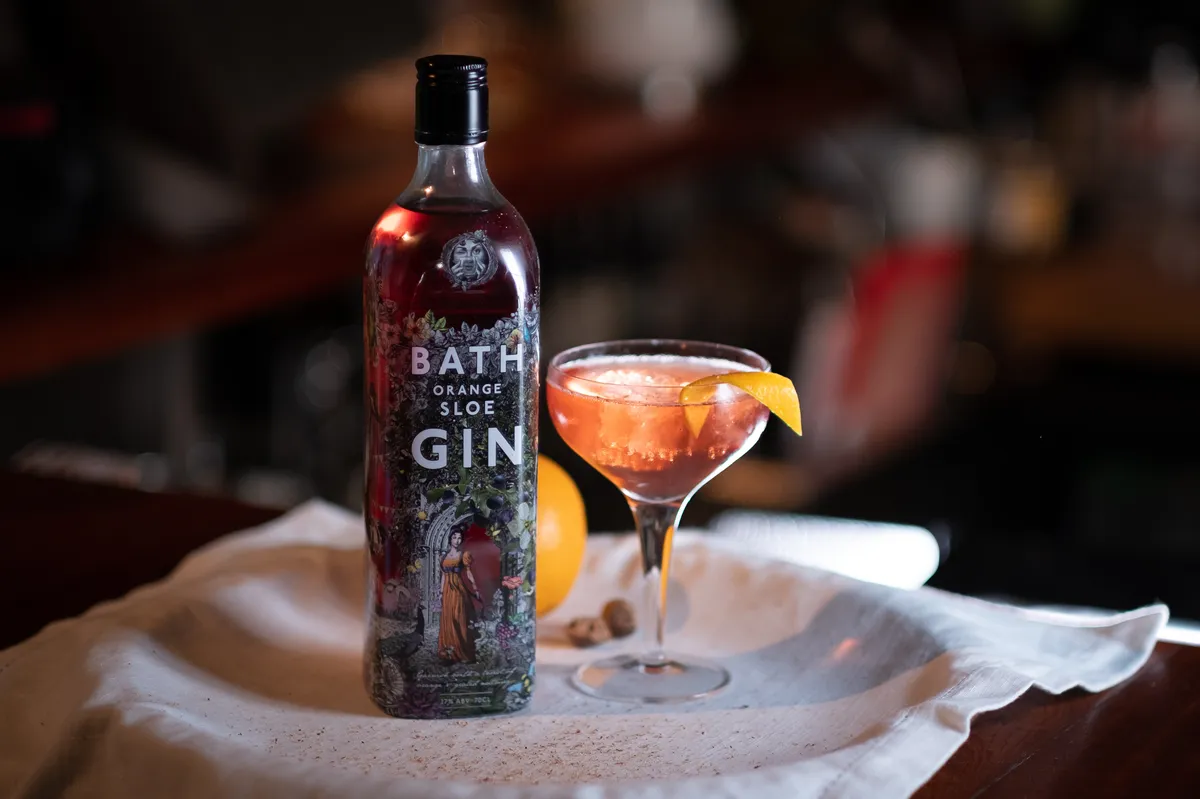
Botanicals: A characterful mixture of sloe berries and orange are combined with raisin, cinnamon and star anise to give a fully flavoured festive tipple.
Story: The home of the Bath Distillery is hidden away down a cobbled Georgian street in the centre of Bath and was the town's first distillery in 250 years. Set over five floors the distillery is the birthplace of many of their own gin concoctions and is also home to their infamous Canary Gin Bar which is home to over 230 gins. The bar staff here really do know their stuff.
Aesthetics: Opting for a modest design, this gin bottle is small and simple and the perfect size to carry around (although, is drinking gin on the go is allowed anymore?). The label features an intricate illustration which harks back to its heritage home of Bath.
Overall tasting notes: A warming infusion for the festive season, this gin offers a soothing fruity combination with a subtle spicy kick. Enjoy neat with ice or freshly sliced orange to bring out the spices.
Bombay Sapphire

Botanicals: Ten exotic botanicals including cubeb berries from Java, grains of paradise from Ghana, lemon peel, liquorice, orris and angelica.
Story: The beautiful Laverstoke Mill has a heritage stretching back to Henry VIII who owned it. Now, Heatherwick Studio has renovated the mill into a site of specific interest and it features extraordinary glasshouses (see above) and has sustainability at its heart. This is a gin with eyes on the world, whilst also keeping its feet firmly rooted in its heritage.
Aesthetic: An immediately recognisable rich blue bottle that hints at its exotic botanicals. The botanicals are inscribed on the side of the bottle.
Tasting notes: A strong lemon and citrus smell, with a clean taste. This gin has a kick to it, so needs a good tonic that doesn't absorb its complex flavours.
Monkey 47, Schwarzwald Dry Gin
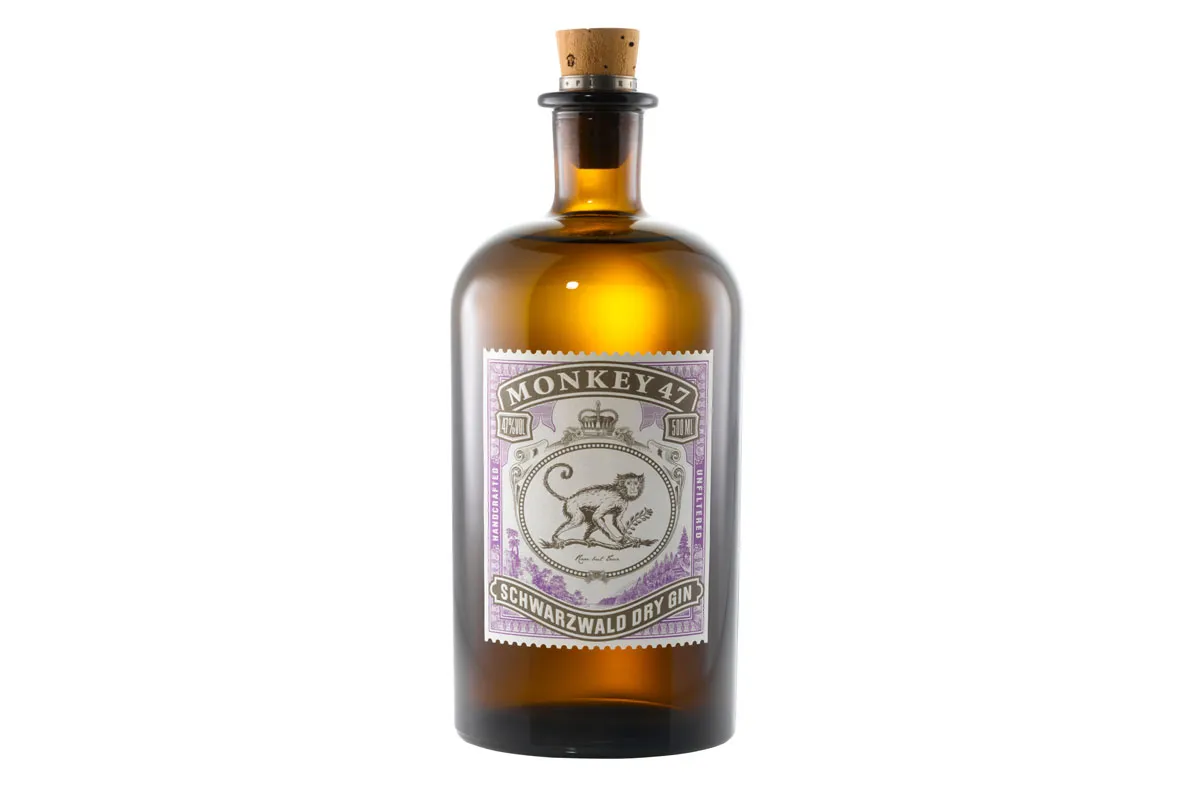
Botanicals: The most botanicals used in a gin on this list: 47. Included is lingonberries that are locally sourced near the distillery in the Black Forest in Germany.
Story: Monkey 47 was originally started by British RAF officer Montgomery Collins. After being posted to Germany after the second world war he helped to rebuild Berlin Zoo. When discharged he found he didn't want to leave so stayed and started distilling gin.
Aesthetic: A dark brown bottle that harks back to a victorian apothecary's cabinet. The label features Max, the monkey Collins sponsored at Berlin Zoo.
Tasting notes: A surprisingly traditional taste for the number of botanicals used. It's hard to pinpoint the dominant flavour and the nose belies a touch too much alcohol. Once it settles, it becomes fruitier and more complex and there is a lovely perfume that permeates through the tonic.
The Outdoor Guide Gin
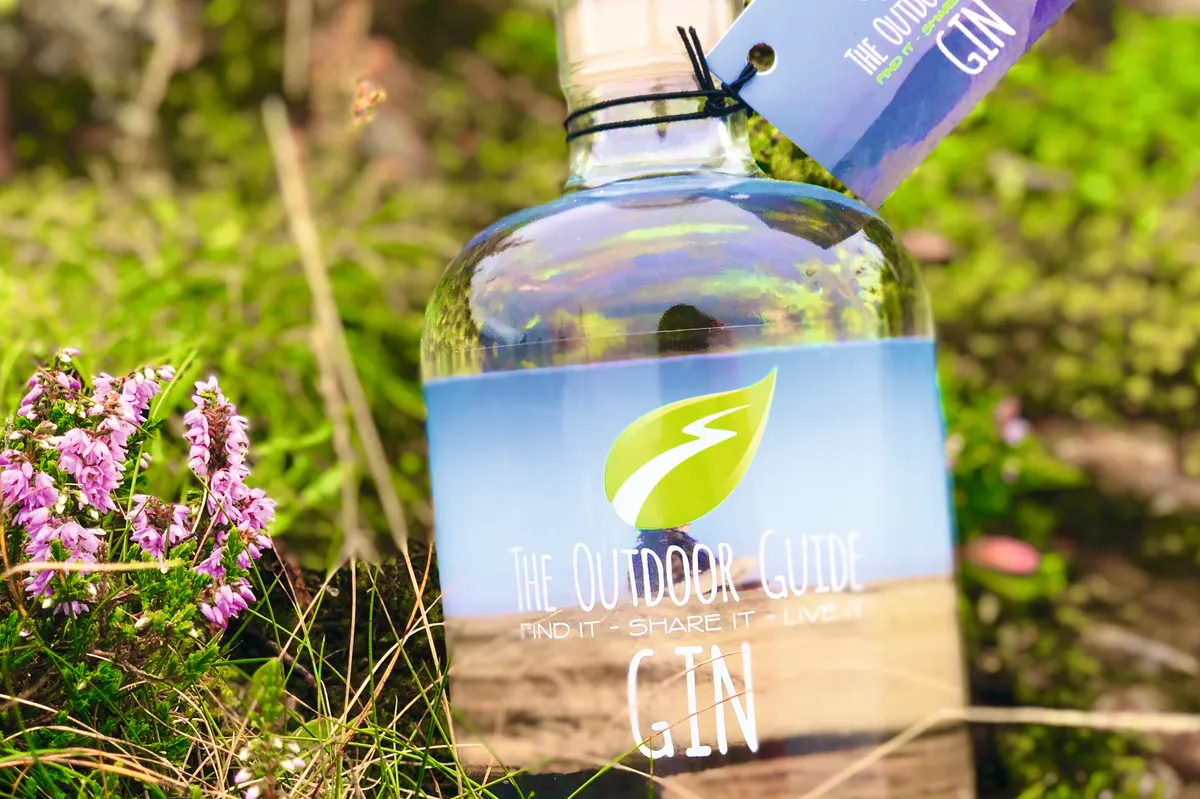
Botanicals: A unique and refreshing botanical gin with a blend of blackberry, raspberry, nettle, mint, heather and lavender, all inspired by the Peak District and what you may see growing when out walking there.
Story: Well known for their love of walking, TV presenter Julia Bradbury and her sister Gina have gone back to their Derbyshire roots to create this gin, a collaboration between The Outdoor Guide website they set up to encourage people to explore the great outdoors, and Derbyshire Distillery.
Aesthetic: A modest bottle which features a photograph of Julia sitting on top of her favourite spot, Noe Stool, in the High Peak of Derbyshire where she walked with her father as a young girl.
Tasting notes: With 40% alcohol volume plus a blend of unusual, slightly earthy botanicals, such as nettle and heather, this gin packs a punch. It is best tried with a plain tonic first so you can appreciate the unique flavours, but if you find it a little sweetener to lighten the taste, try it with an elderflower tonic and a slice of grapefruit.
Highclere Castle Gin
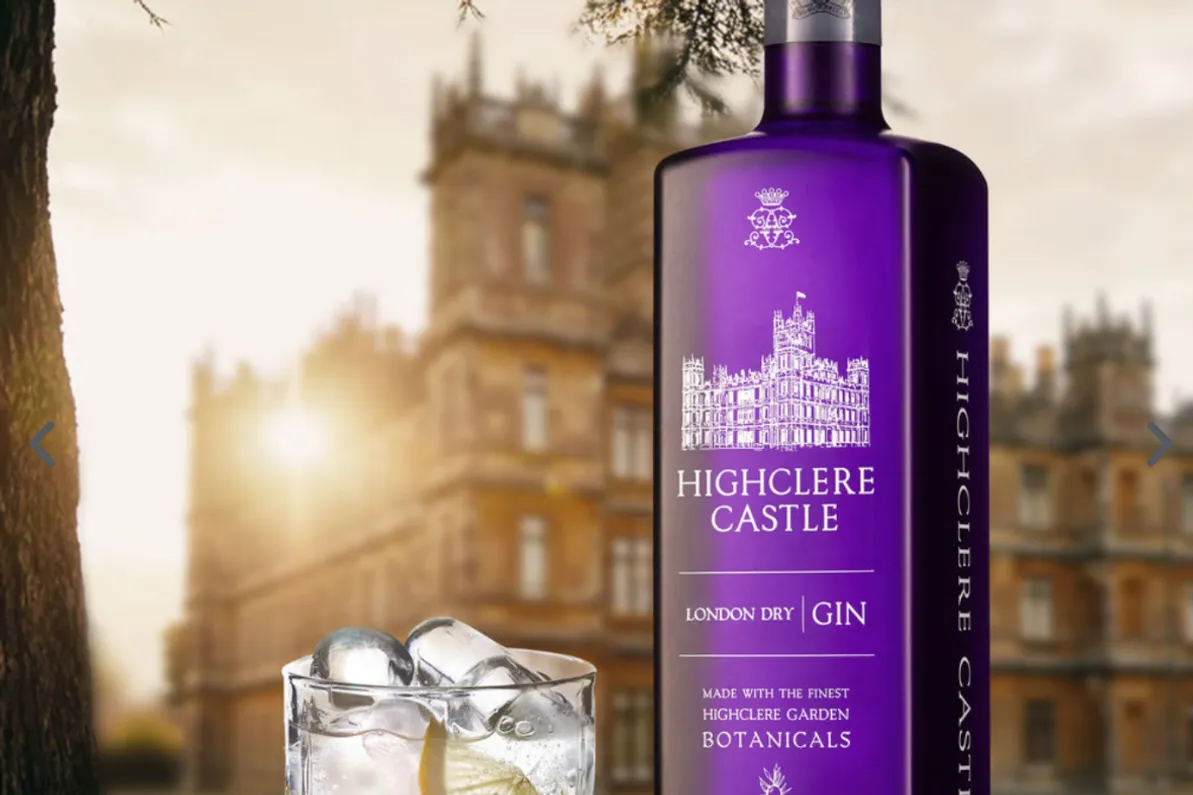
Botanicals: This deliciously smooth London Dry Gin integrates botanicals sourced from Highclere Castle's grounds, including juniper, orange zest, lime flower, cardamom, and other botanicals along with Highclere’s famous oats to soften the finish.
Story: Highclere Castle (or better known as Downton Abbey!) is renowned throughout the world for hosting extravagant parties. Highclere Castle Gin was created to celebrate the “true spirit” of Highclere, and has since won a whopping 16 prizes. Bottoms up!
Aesthetic: A tall, smooth bottle in a striking sapphire blue shade
Tasting notes: A wonderful blend of tangy citrus and fragrant spices and florals. Delicious with just a splash of tonic, ice and lemon, or pair with a cucumber tonic for more of a refreshing finish.
If you've enjoyed reading all about these botanical gins, then you might also like this recipe on how to make rhubarb gin. Or, check out our guide to botanical tipples for Christmas.